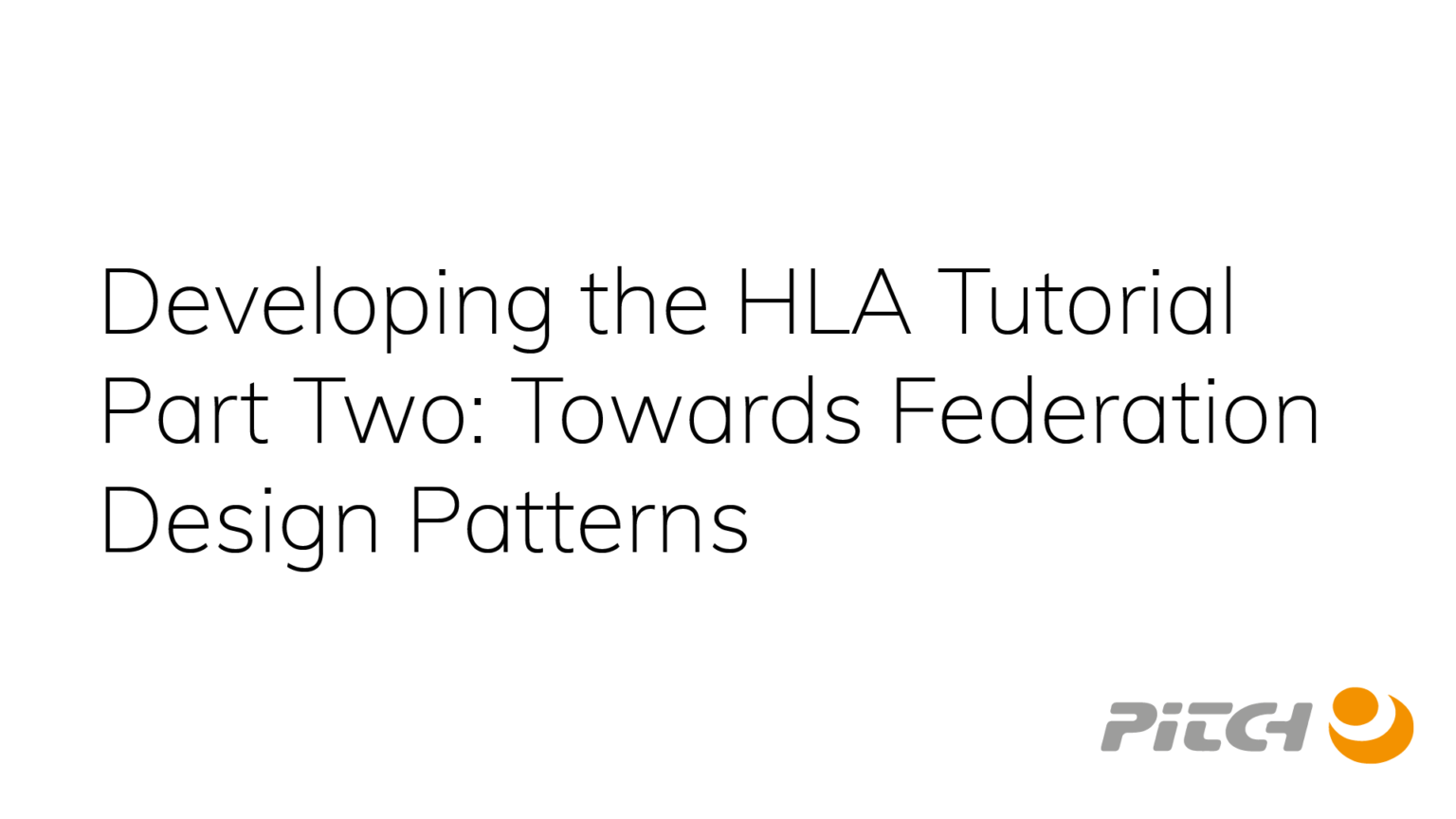ABSTRACT: The first part of the HLA tutorial, based on HLA Evolved, released in 2012, was well received by both industry and academia. It is used, for example, for teaching distributed simulation in universities and also in the Smackdown project, originally initiated in SISO. The focus of the tutorial is to teach best practices for how to develop HLA federates and federations, rather than to cover all details of the HLA standard.
The first part of the tutorial can be seen as the foundation for all federates, covering how to join a federation, publish, subscribe and work with objects and interactions. The recently released, second part, can be seen as a
smorgasbord of techniques that can be used in federations, like time management, ownership, development of reusable FOM modules, fault tolerance and more. Few federations are likely to use all of the techniques but most federations will use some of them.
The biggest challenge is to explain the full potential of time management. The tutorial starts with a common and easily understood use case and gradually moves on to the general theory and more advanced time management topics.
One recurring theme of the tutorial is the best practices and design patterns typically used in federations. These are summarized in the end. Pointers are also provided to design patterns used in the NATO NETN design as well as in civilian HLA applications.
As a conclusion of the tutorial the concept of interoperability is revisited, based on the Layers of Conceptual Interoperability Model (LCIM).
Authors: Björn Möller, Fredrik Antelius, Mikael Karlsson
Publication: Proceedings of 2013 Fall Simulation Interoperability Workshop, 13F-SIW-031, Simulation Interoperability Standards Organization, September 2013

